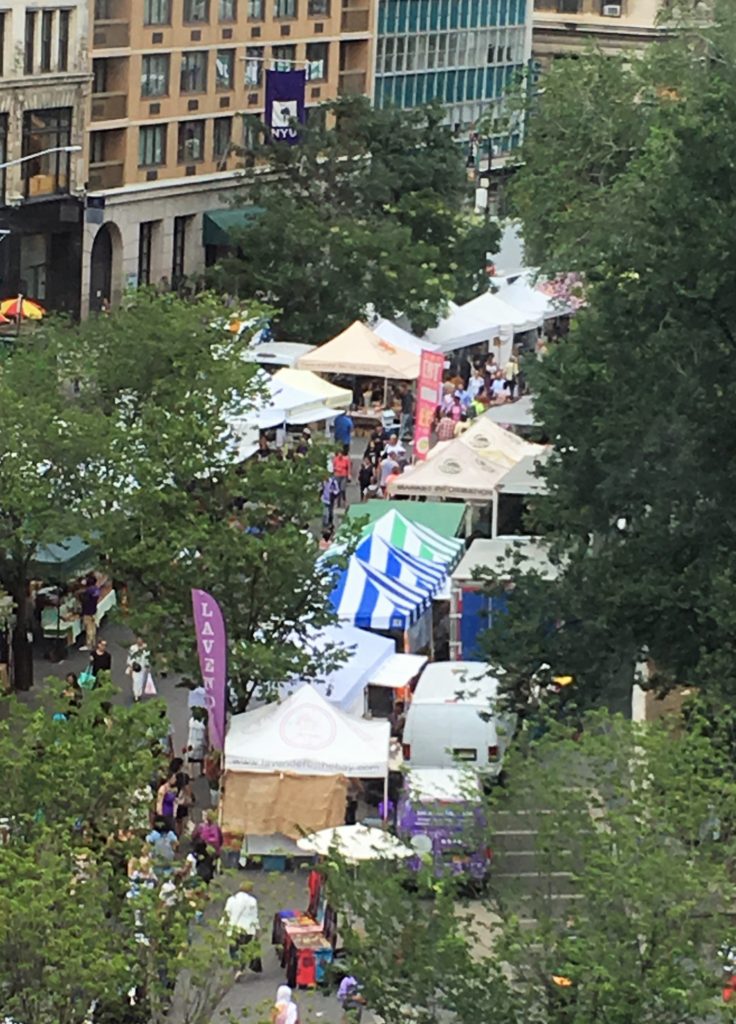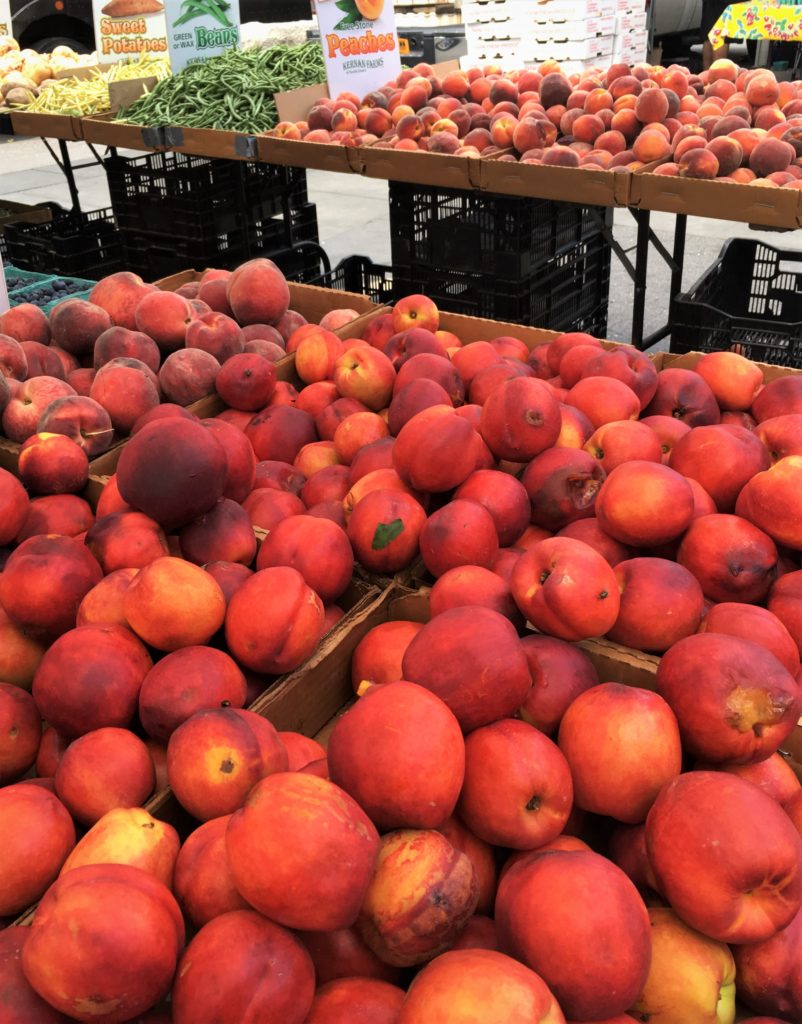余既滋蘭之九畹兮,又樹蕙之百畝。
畦留夷與揭車兮,雜杜衡與芳芷。 《離騷》
I had nurtured many hectares of Eupatorium—
and planted hundreds of acres of Cymbidium.
Growing peonies and jiē-chē in rows—blending in Asarum and Angelica. . .. [1]
Thanks to the “radicals” 艸 (艹) and 木, it is impossible for a Chinese reader to browse through Songs of Chu without noticing the endless references to plants. 艸 (艹), “grass” radical, indicate the “herbaceous” nature of the characters; 木, “wood” radical, trees or woods. There are plenty descriptions of plants in Classic of Poetry. As Confucius told his disciples: one could learn numerous species of plants and animals while reading poetry. Yet, flowers and herbs came alive in the poetry of Chu. [2]
Qu Yuan frequently used elegant and fragrant plants as symbols of virtues. Noxious and poisonous weeds represented villainous characters.[3] He equated nurturing attractive plants to cultivating personal values. From the species that he chose, we knew that he desired things of refinements, such as fragrant Eupatorium and graceful Cymbidium. We saw layers of colors in his garden: heart-shape Asarum covered the ground, pink peonies and white jiē-chē growing side-by-side, umbrellaed by Angelica.
Accessorized with Eupatorium branches and crowned with blossoms of exuberant colors, the poet wove sweetness into the air with his every move.[4] Scents of medicinal herbs—mugwort, sweet flags, and cinnamon—fumigated the surrounding, driving away insects and evil spirits alike.[5] In the morning, the poet drank dew drops from magnolia; in the evening, he dined on the falling petals of autumn chrysanthemum. Other than spiritual fulfilments, did he harvest peppers, Artemisia, and water caltrop for epicurean pleasures? [6]
Diligently, he maintained the ground: “I gather and pull tree roots, loosening the ground for the expansion of Angelica rhizomes; I string the falling flowers of climbing figs; I straighten cinnamon branches to fasten Cymbidiums on them; I rope dangling vines.”[7] As a fellow gardener, I thank the poet for sharing his labor of love. Meanwhile, I ask myself if I am as dedicated in self-betterment as the poet of ancient Chu.
[1] “Why won’t you come into my garden? I would like my roses to see you.” – Richard Brinsley Sheridan, (1751-1816)
Both 畹/wǎn and 畝/mǔ are area measurements. The former might have been twelve (or thirty) times of the latter. The number “nine” 九 was considered an auspicious symbol in Chu culture. Instead of the actual number, 九 simply means “multiple” or “a large number” here.
蘭/lán and 蕙/huèi are the most quoted species in Chinese poetry. They often appear side by side in couplets. Today, they are recognized as synonyms and translated as “orchids.” However, in Qu Yuan’s poems, he seemed to have used 蘭 to indicate 佩蘭/pèi lán or 澤蘭/zé lán (Eupatorium fortunei). Eupatorium_fortunei_Wiki
I translated 蕙 as Cymbidium based on its common name “一莖九花”—one stem with multiple flowers. 《楚辭芳草譜》蕙, 大抵似蘭, 皆柔荑, 其端作花, 蘭一荑一花, 蕙一荑五六花, 香次於蘭. Some believes 蕙 is Ocimum (basil). Yet, basil is not native to Chu region. It also seems strange to pair a culinary herbal plant with flowering type.
Qu Yuan also mentioned 秋蘭/qiū lán (Cymbidium ensifolium) in his poems. Although its Chinese name literally means autumn-orchids, Cymbidium ensifolium is actually a four-season orchid.
留夷/liú yí , Chinese peony, Paeonia_lactiflora_Wiki
揭車/jiē-chē: The most detailed information on jiē-chē that I could gather was: “an herb of Chu, used as air freshener and insect repellent, a few feet tall, with white flowers.”
杜衡/dù háng, Asarum forbesii, wild ginger Asarum_Wiki
芷/zhǐ also named 辟芷/pì zhǐ, 白芷/bái zhǐ , and 茝/chǎi: Angelica dahurica, Angelica_dahurica_Wiki
[2] Index:Chinese_radical_en.Wiktionary,
艸_(radical 140)_en.Wiktionary,
木_(radical 75)_en.Wiktionary
Xie Áo 劉翱 of the Song Dynasty catalogued flora in Chu poetry:《楚辭芳草譜》.
《離騷草木疏》by Wú Rén Jié 吳仁傑 is another annotated source.
[3] Qu Yuan disdained weeds such as 蒺蔾/jí lí (Tribulus terrestris), 菉/lù (Arthraxon hispidus) and 葹/shī, (Siberian cocklebur). Tribulus_terrestris_Wiki, Arthraxon_hispidus_Wiki, https://herbal.herbal.my/siberian-cocklebur-fruit.
[4] 扈江離與辟芷兮,紉秋蘭以為佩。. . . 佩繽紛其繁飾兮,芳菲菲其彌章。 《離騷》
江離/jiang lí, Ligusticum chuanxiong Ligusticum_striatum_Wiki
[5] 芷/zhǐ, Angelica duhurica; 艾/ài, Artemisia argyi; 荃/quán (昌蒲/chānɡ pú), Acorus calamus or sweet flag; and l. chuanxiong are among numerous medicinal plants quoted in Chuci. Most of these herbs have pungent scents. In addition to medical applications, they would have been used in shamanistic rituals. Artemisia_argyi_Wiki
Acorus_calamus_Wiki
蔞/hāo (蒿蔞/lóu hāo), Artemisia verlotiorum, is harvested for both medicinal and culinary purposes.Artemisia_verlotiorum_Wiki
[6] 朝飲木蘭之墜露兮,夕餐秋菊之落英。 《離騷》
木蘭/mù lán, also named 辛夷/shīn yí, Magnolia denudate Magnolia_denudata_Wiki
秋菊/qiū jú, autumn Chrysanthemum
[7] 攬木根以結茝兮,貫薜荔之落蕊。矯菌桂以紉蕙兮,索胡繩之纚纚。 《離騷》
薜荔/bì lì, climbing fig, 薜荔_www.missouribotanicalgarden.org_PlantFinder
菌桂/jùn guì, cinammon






